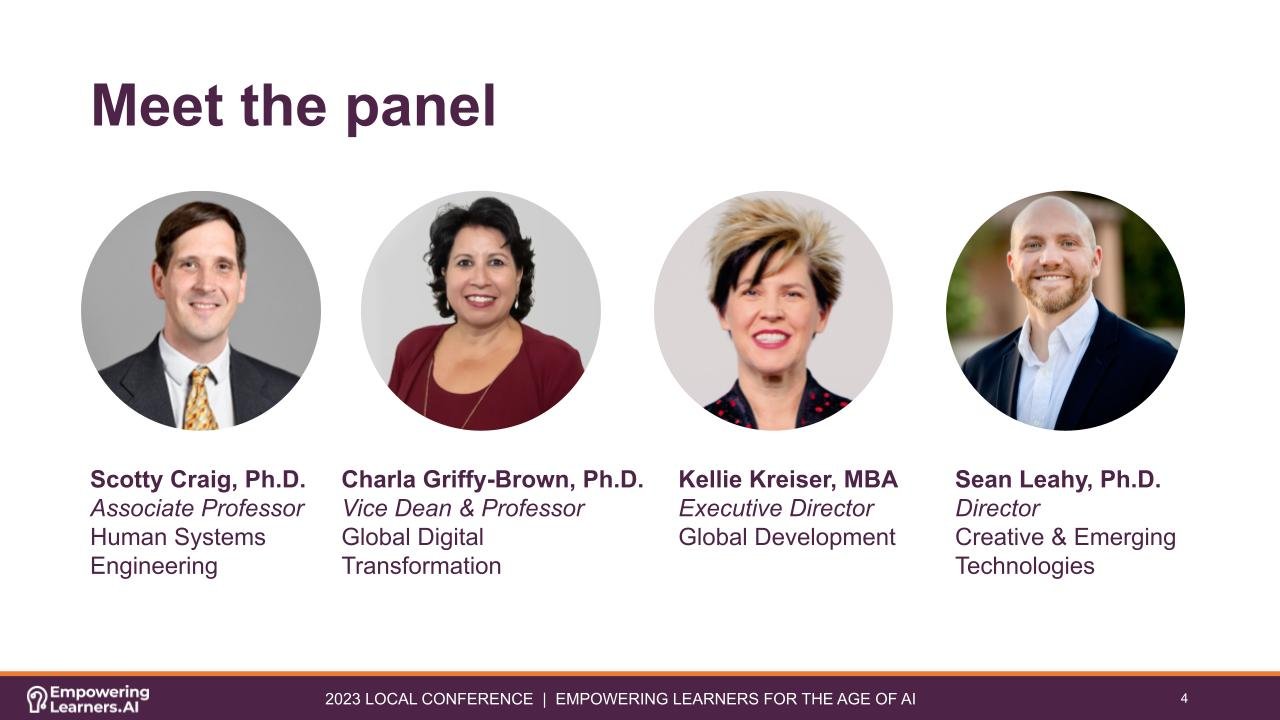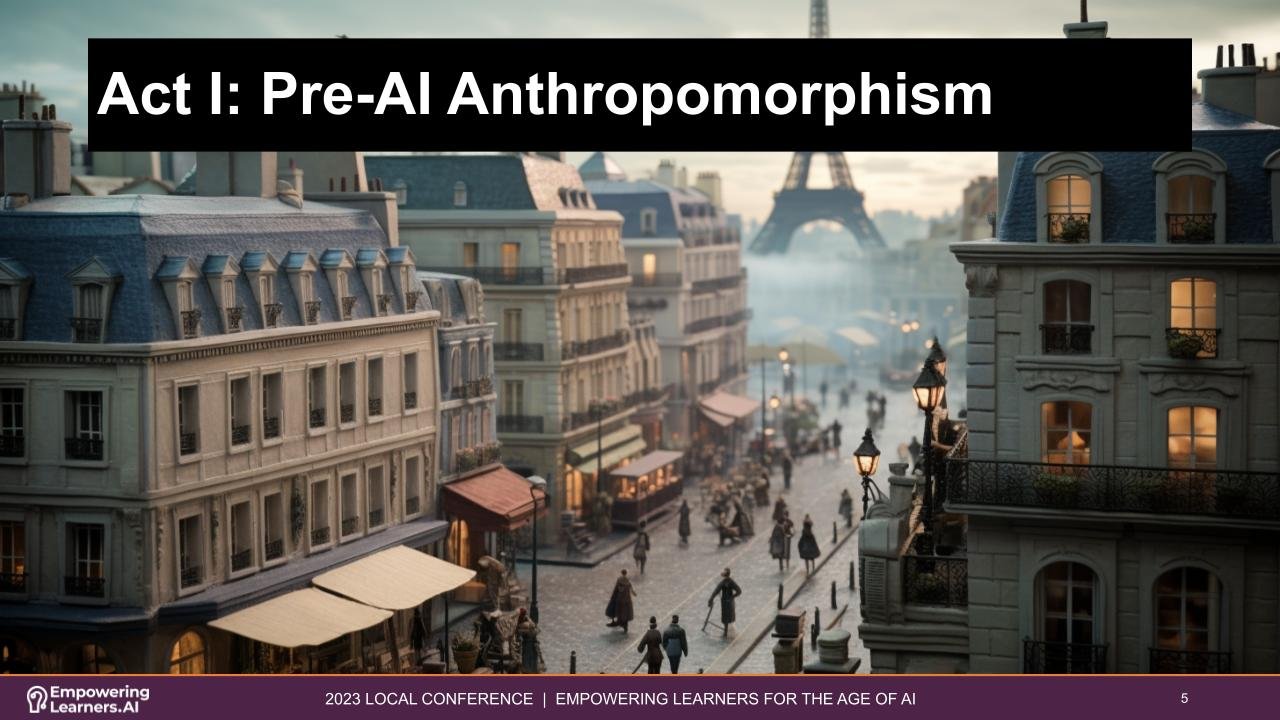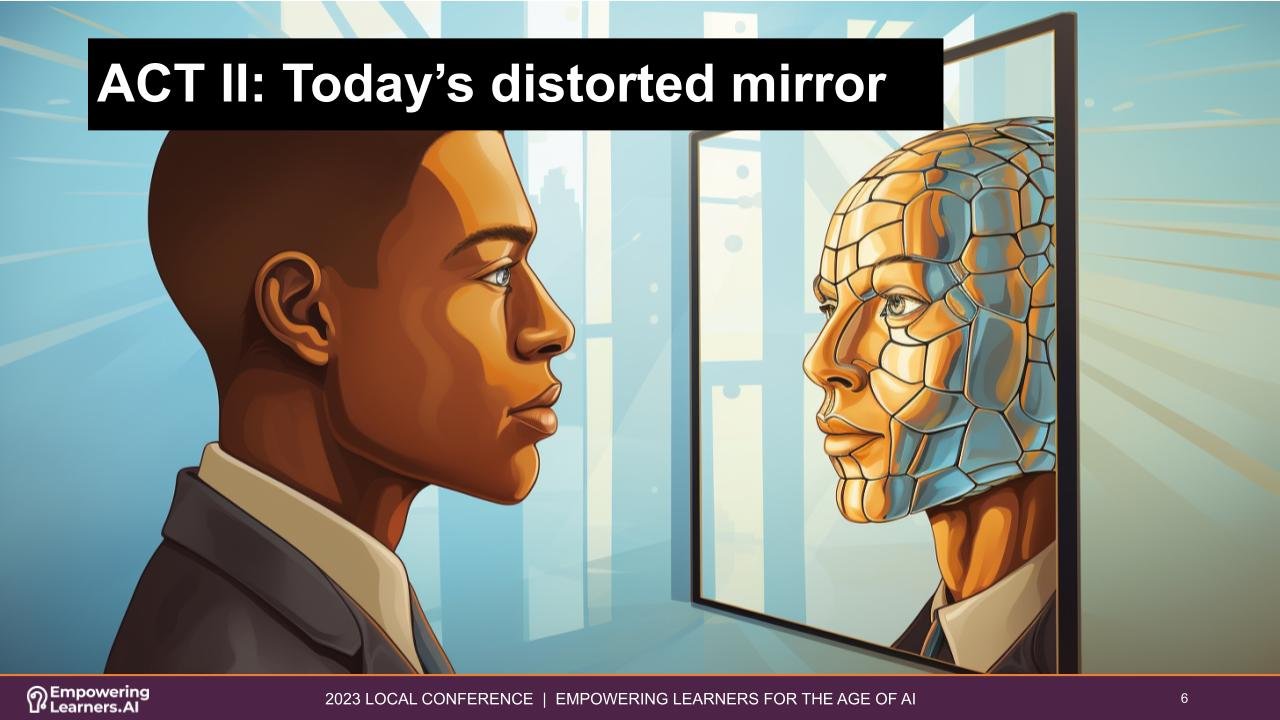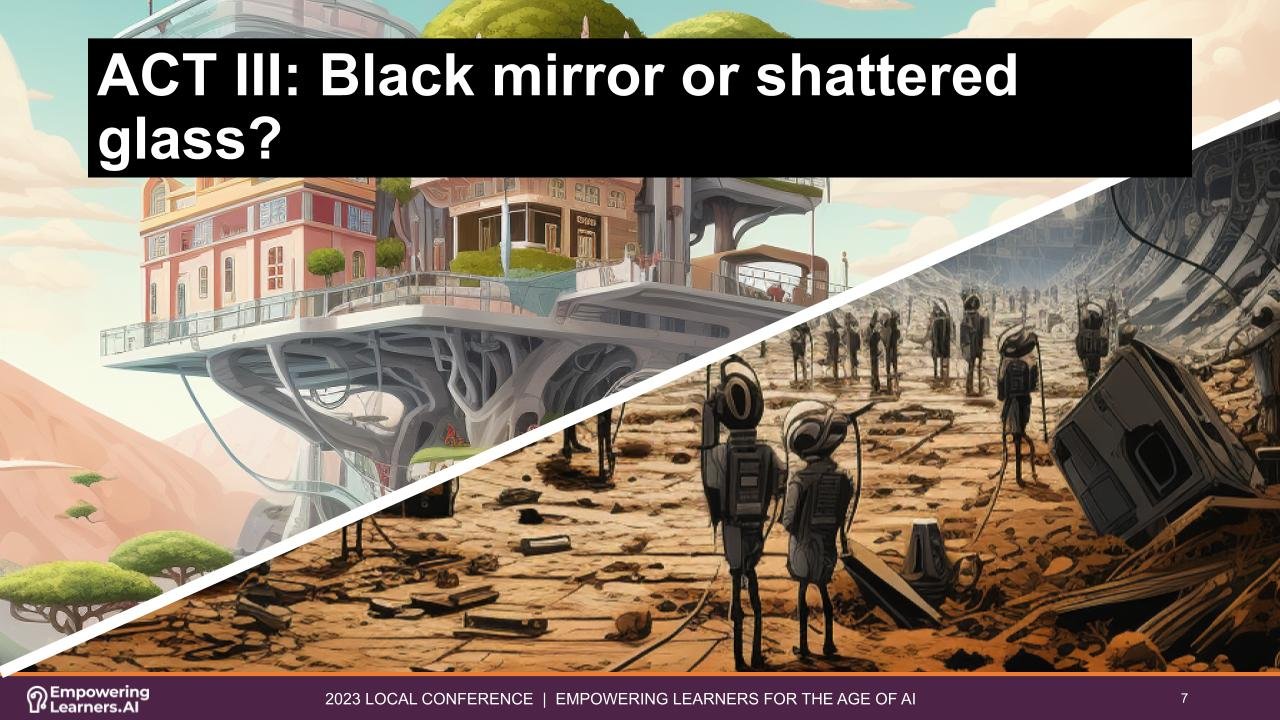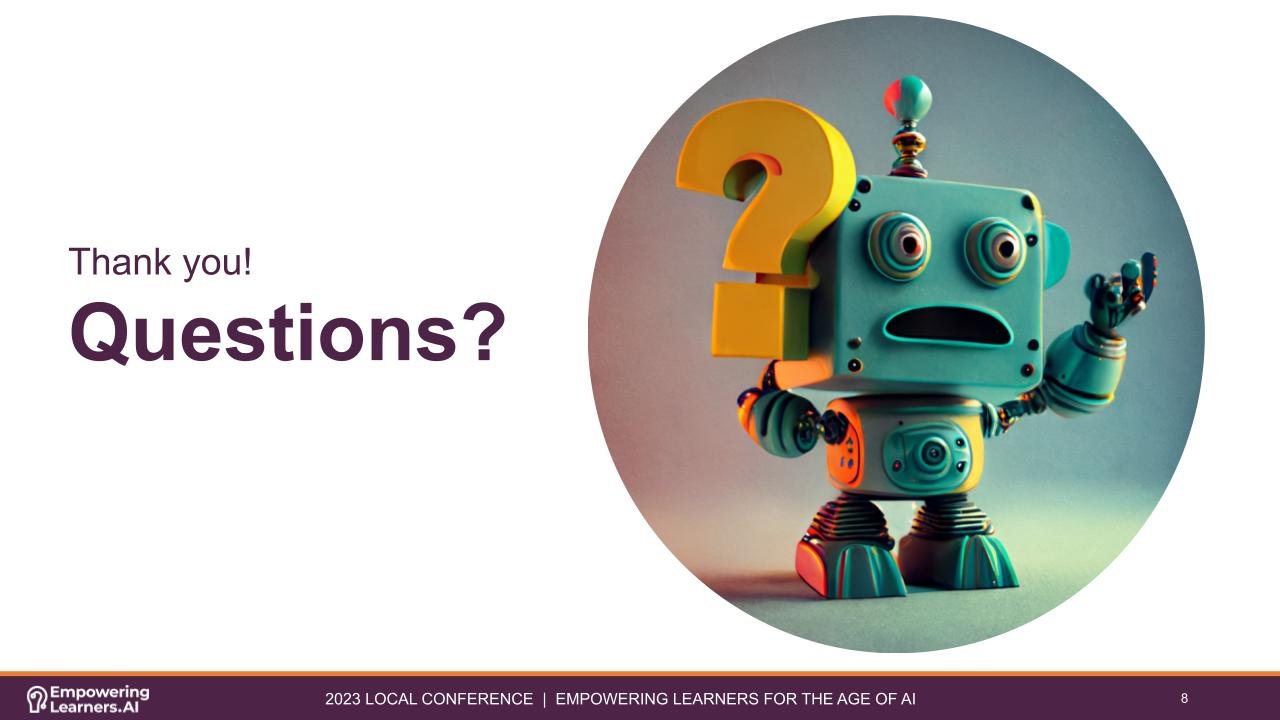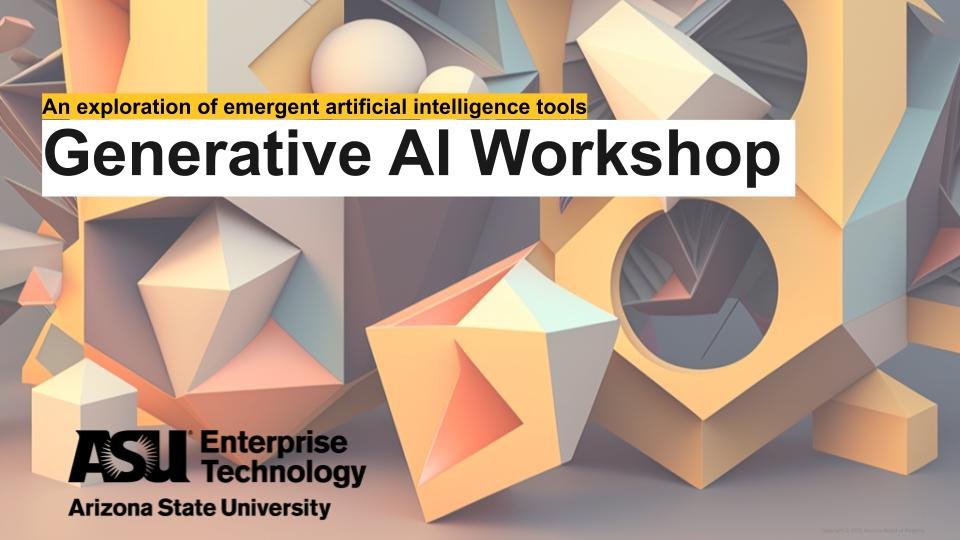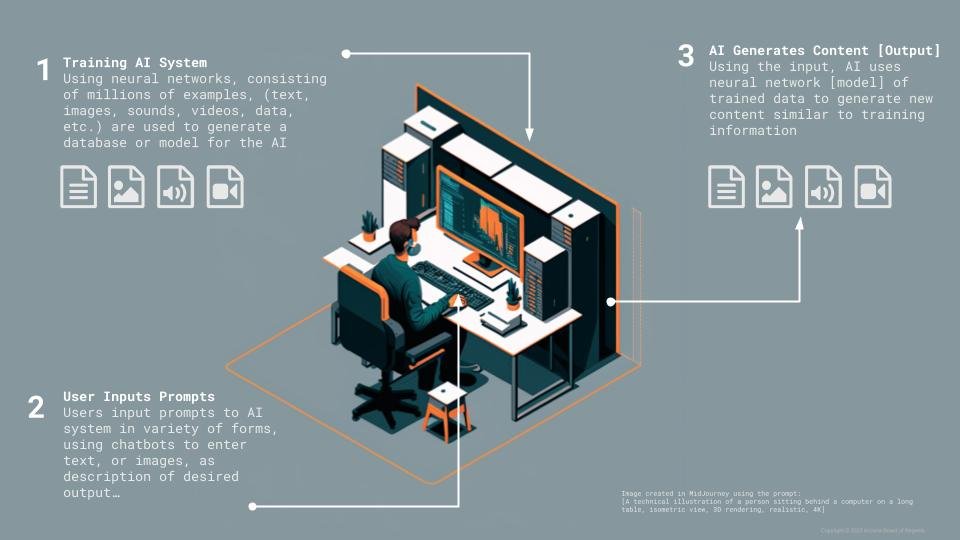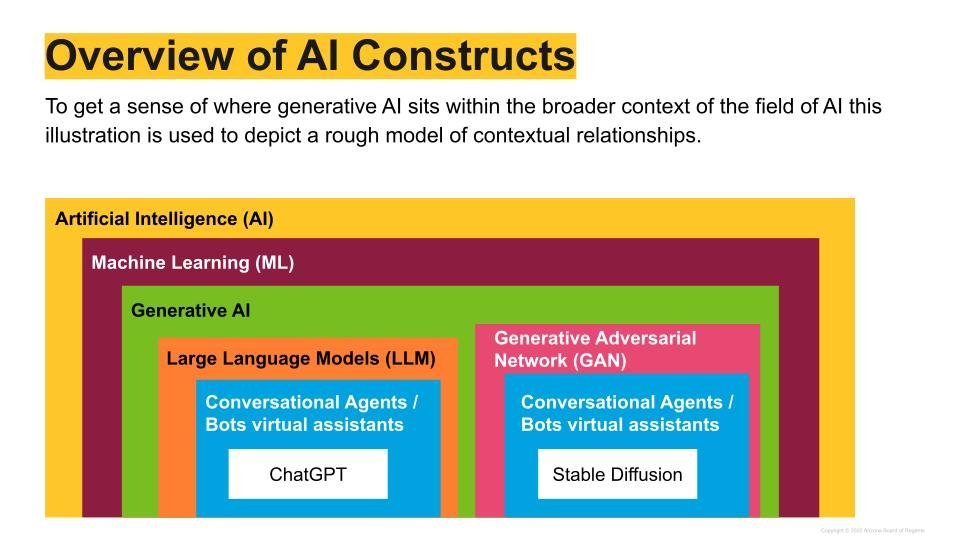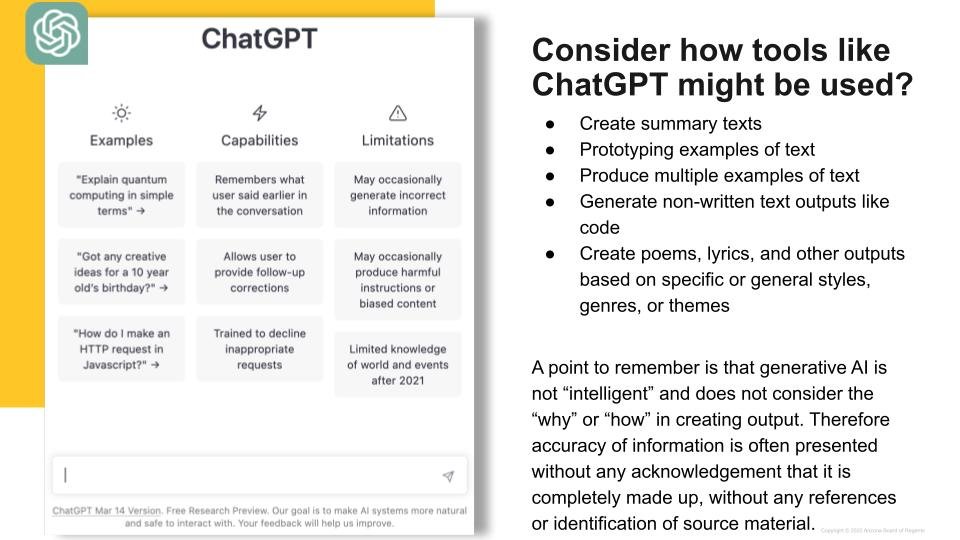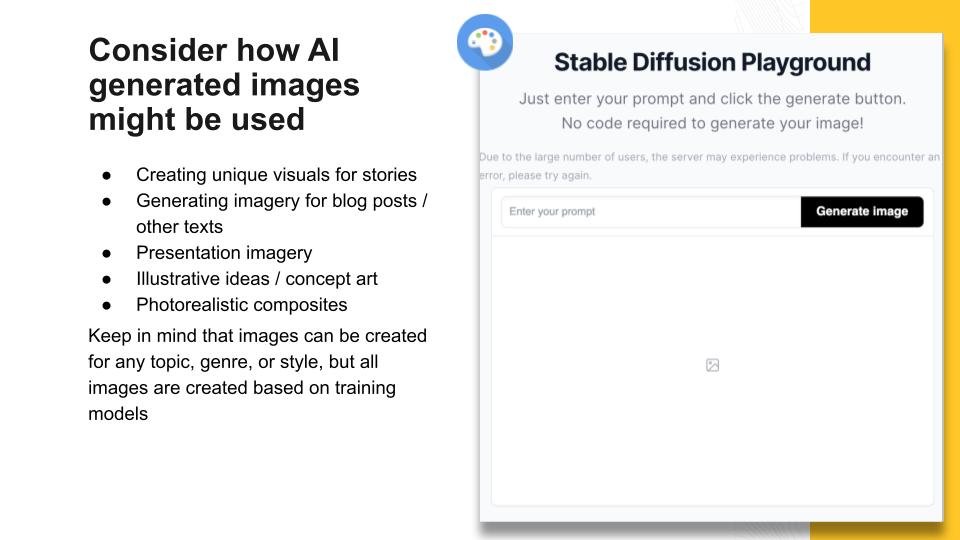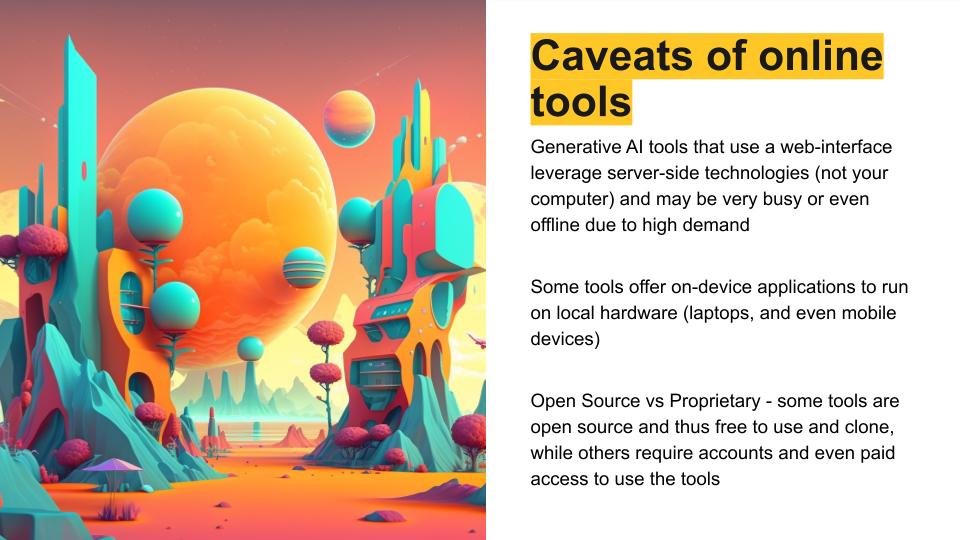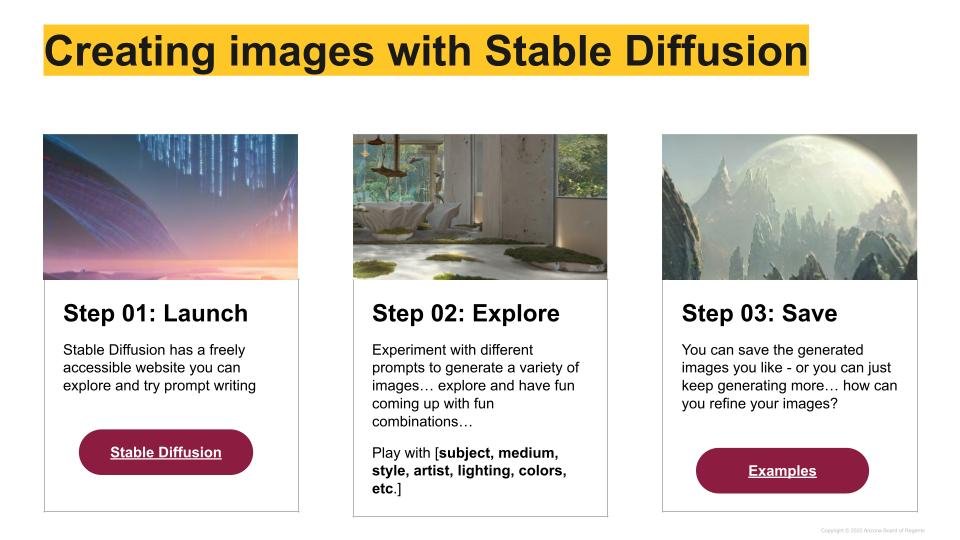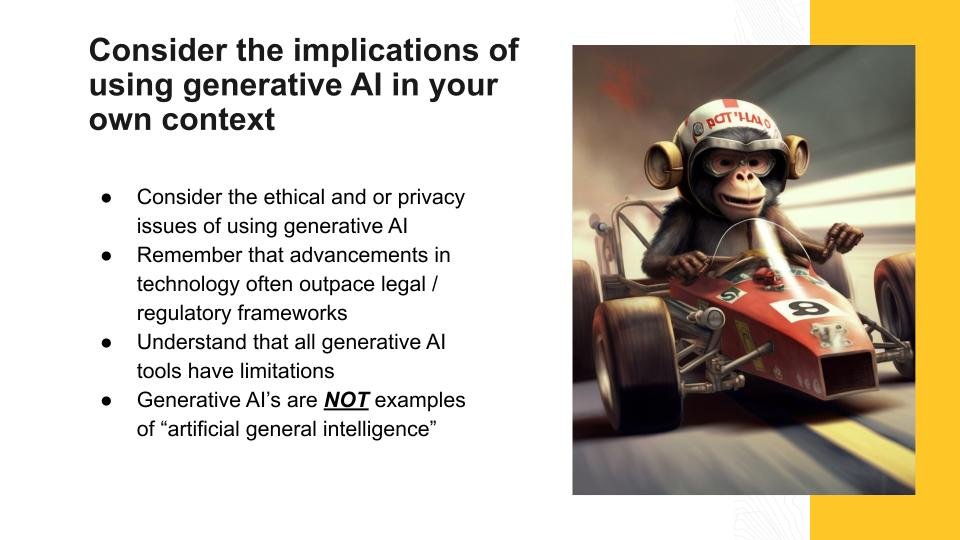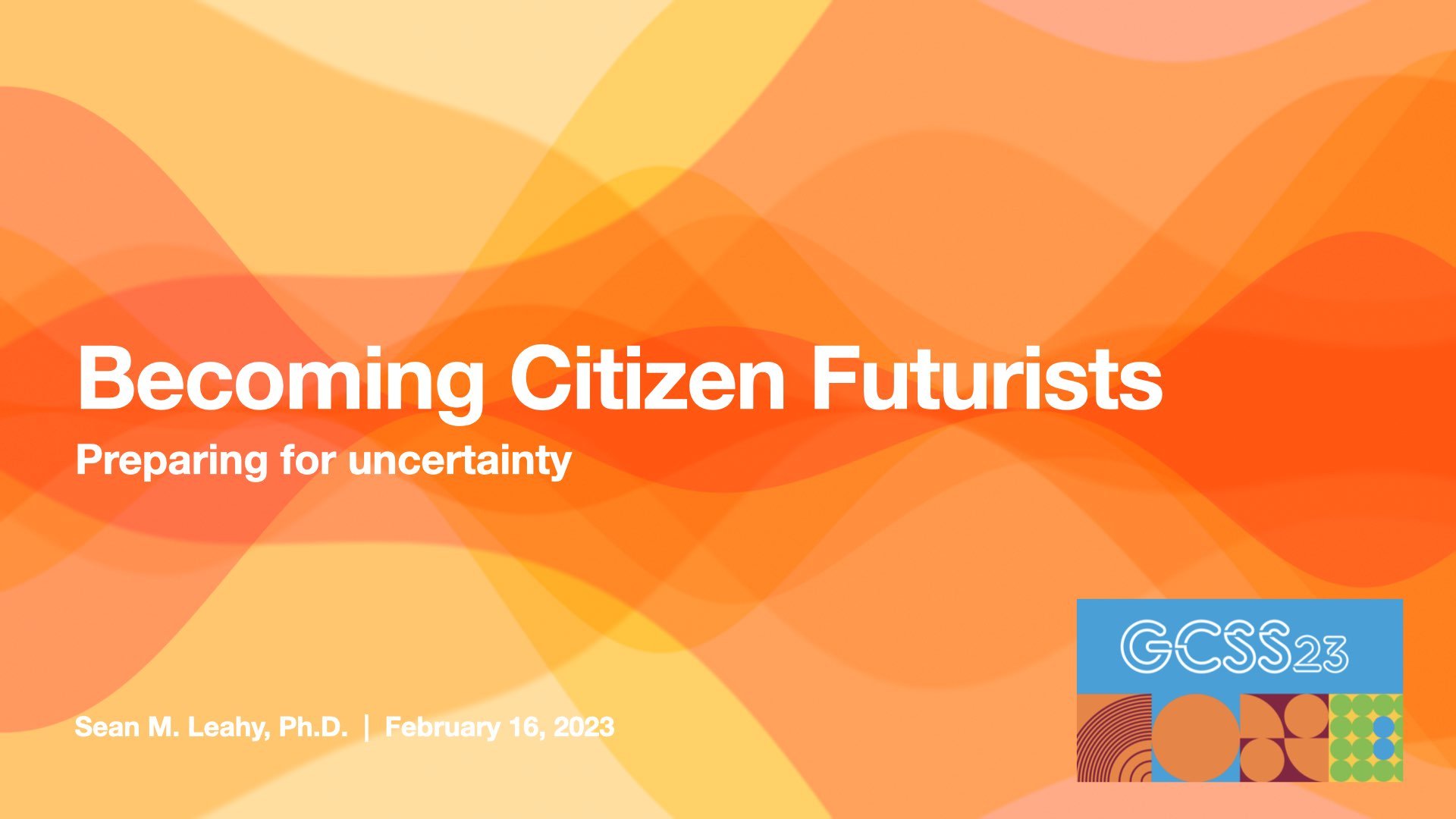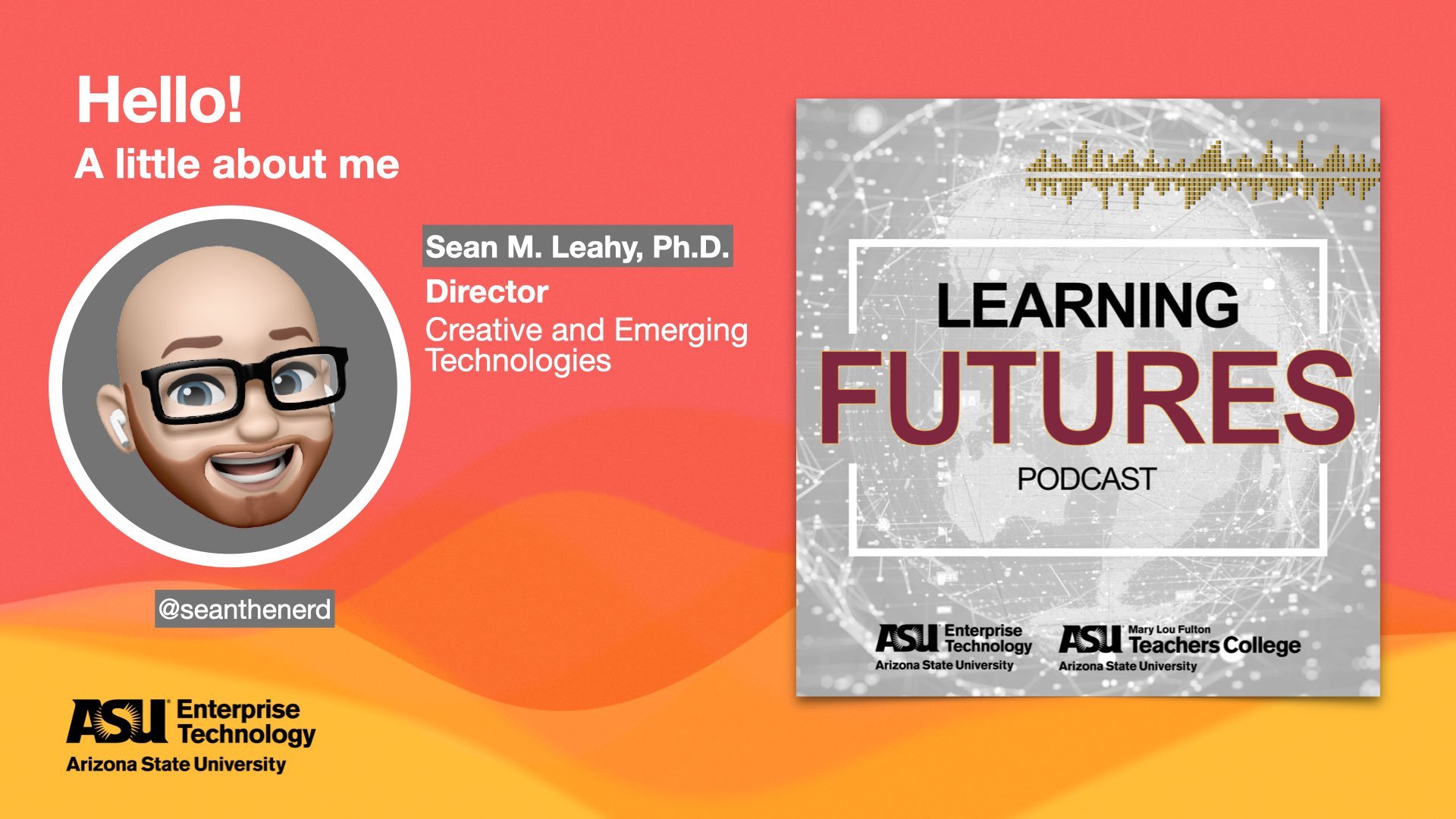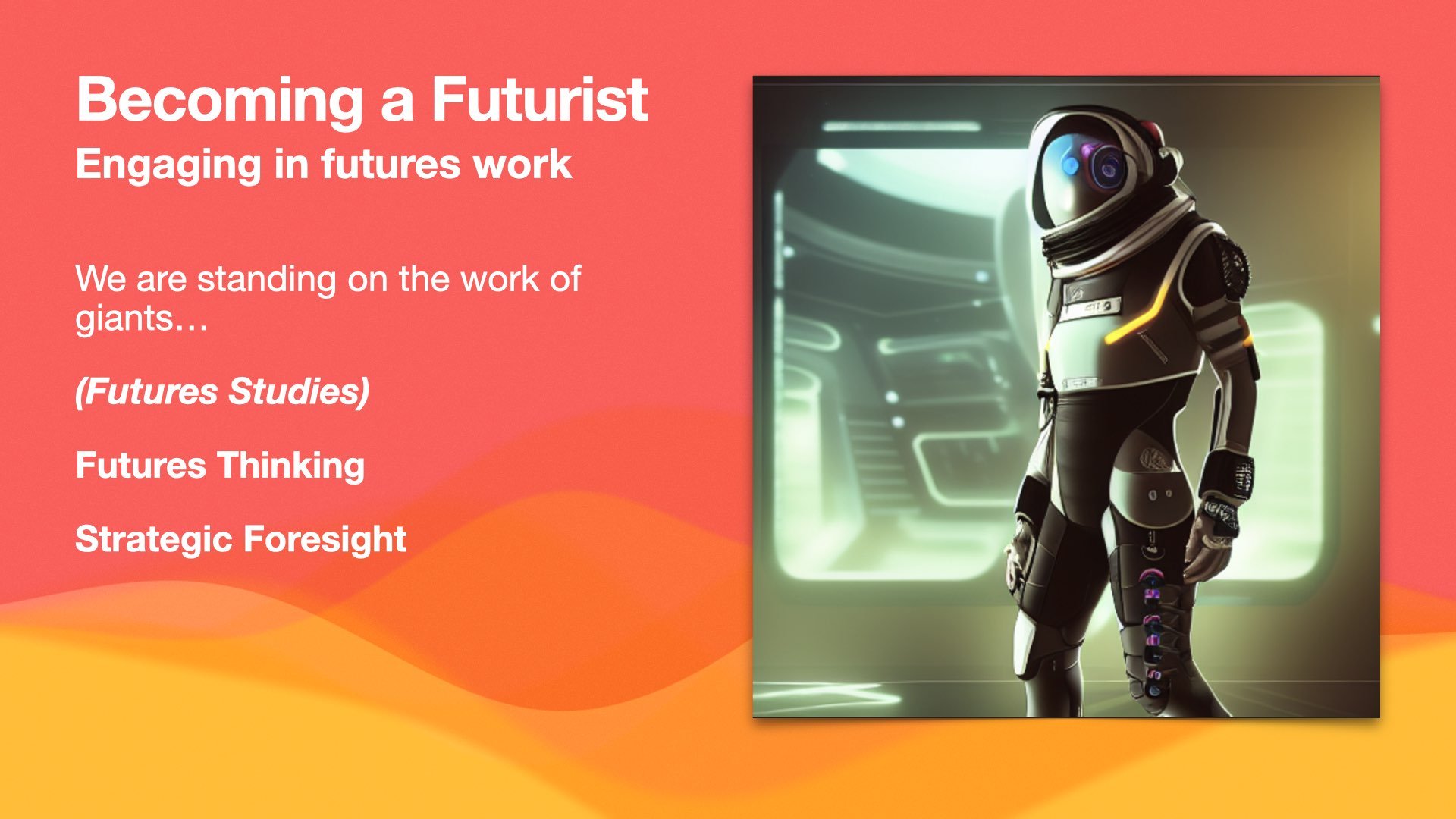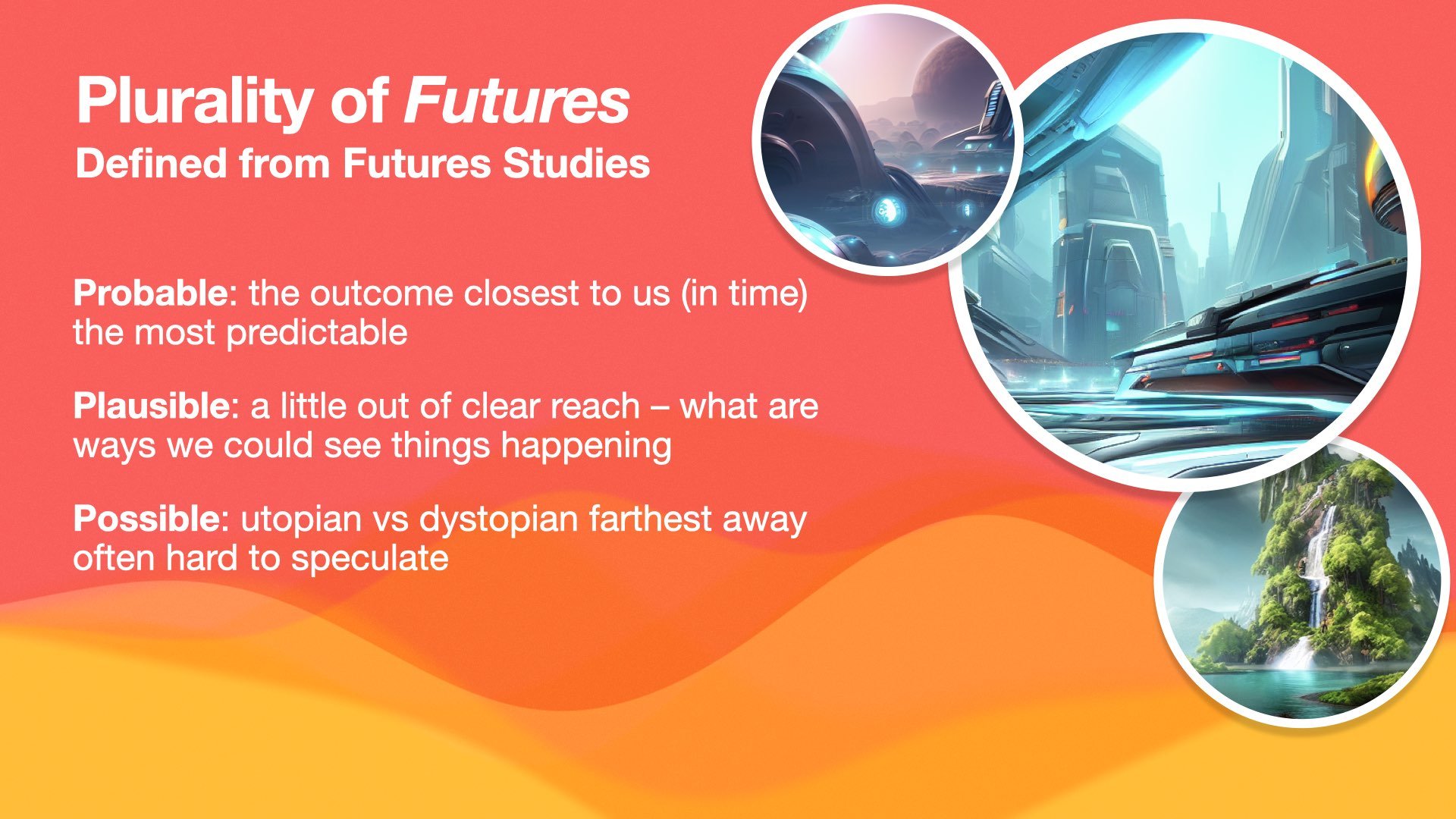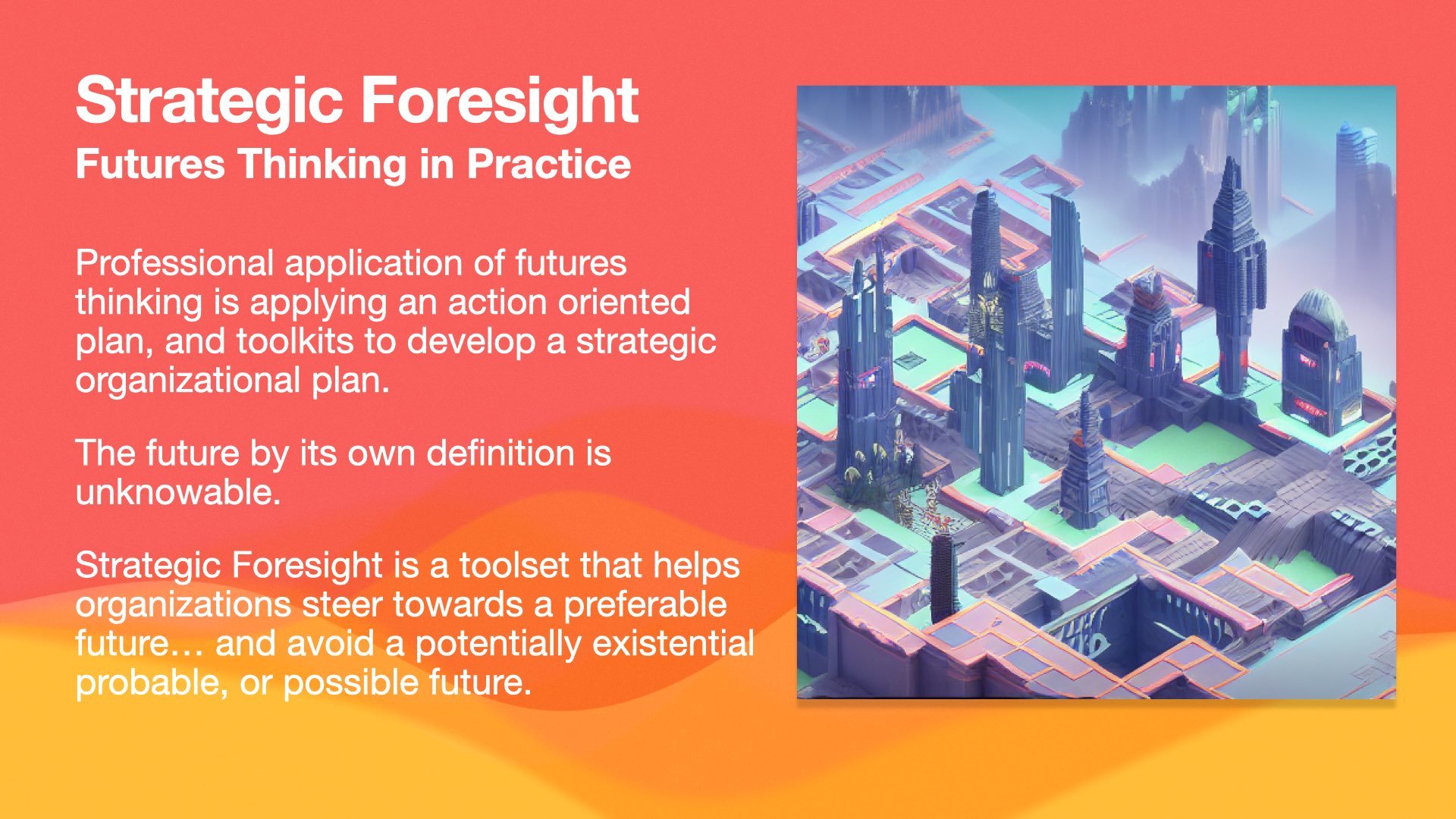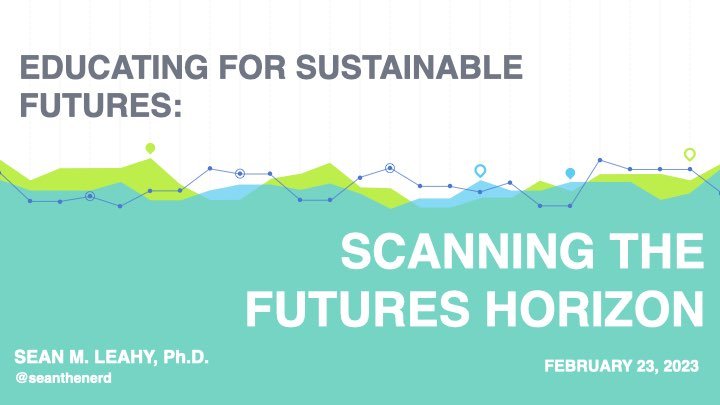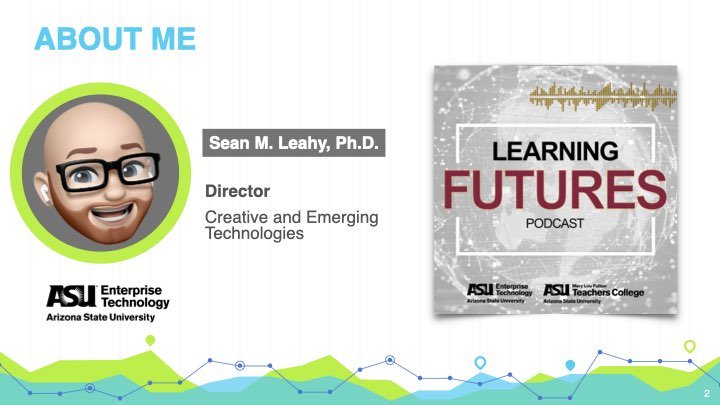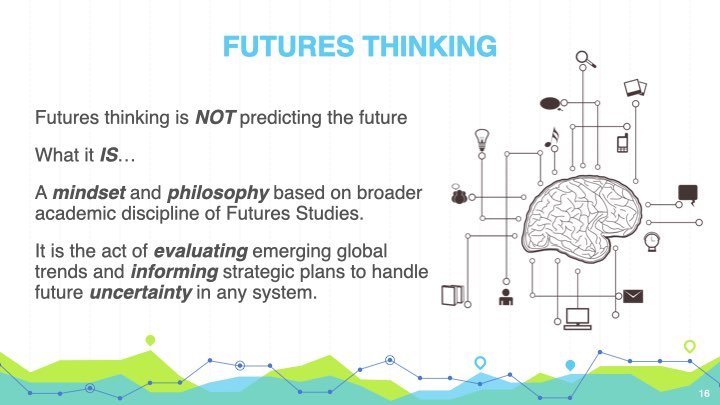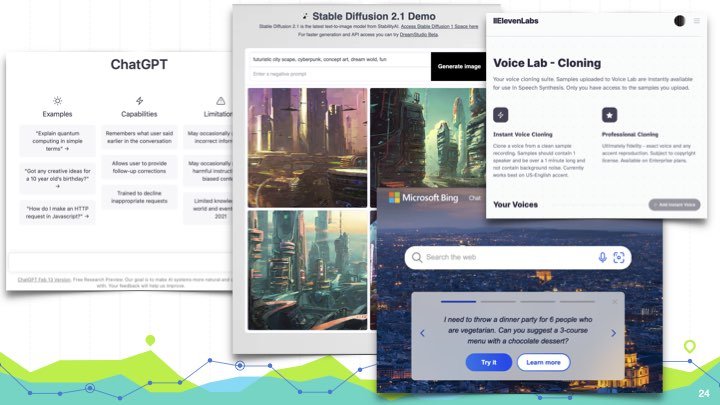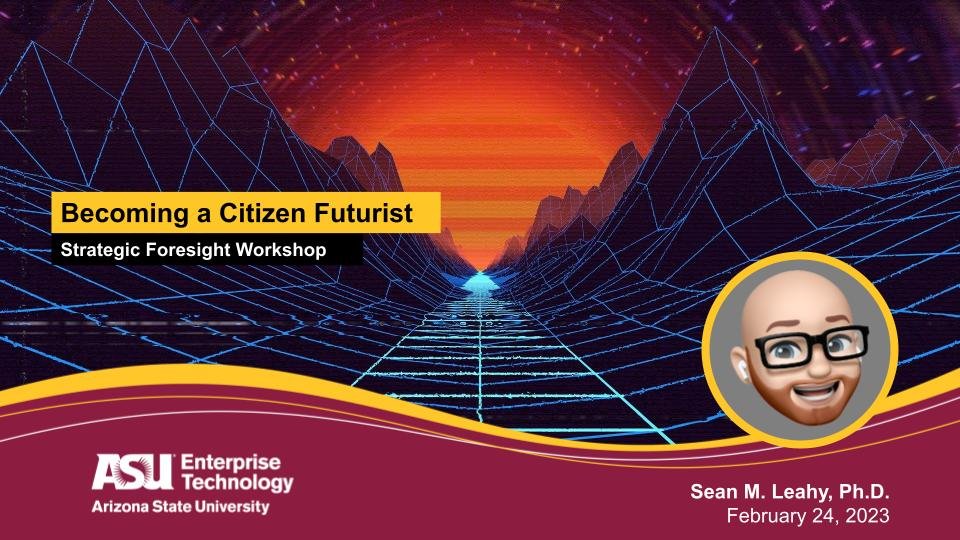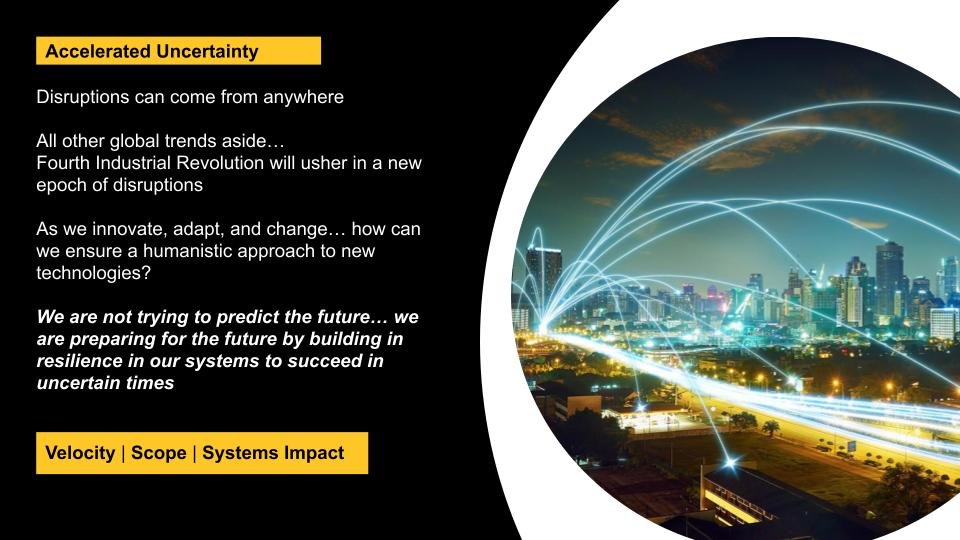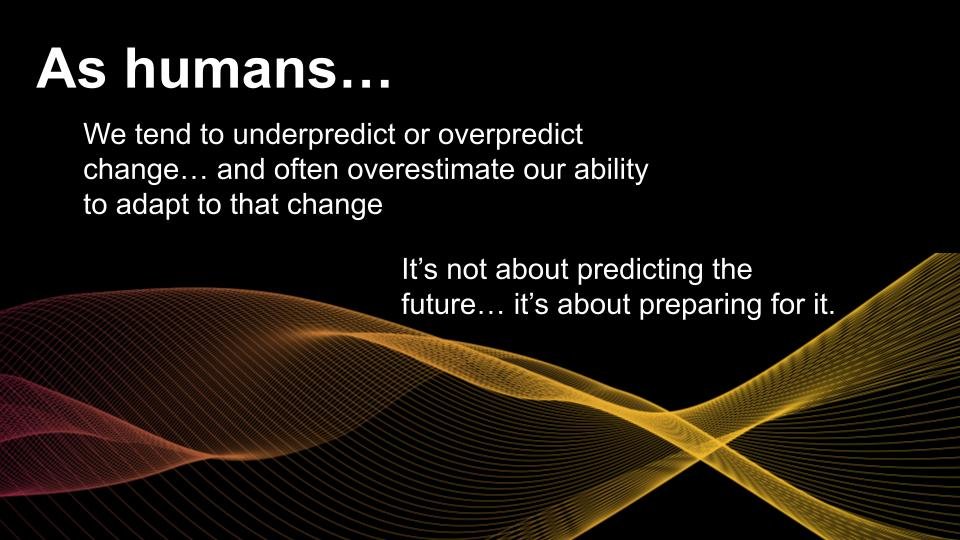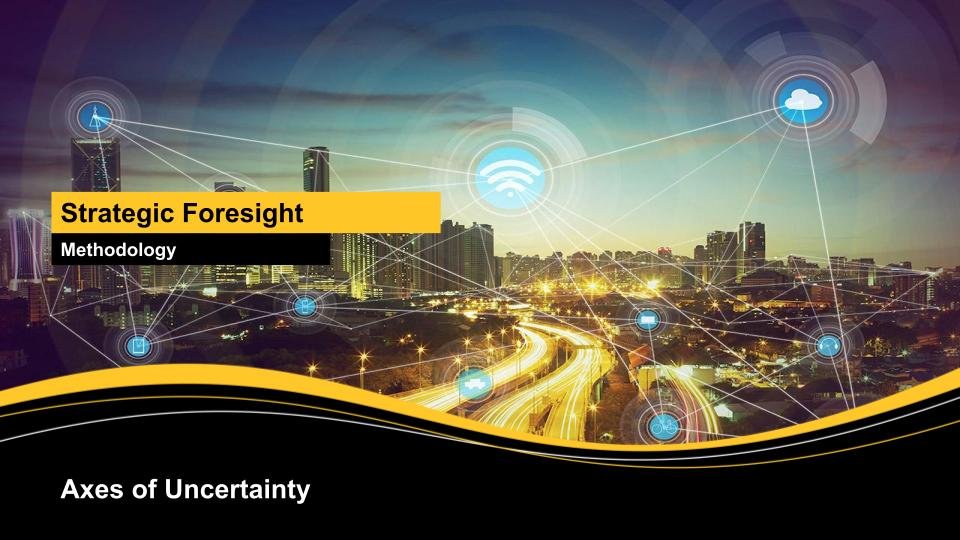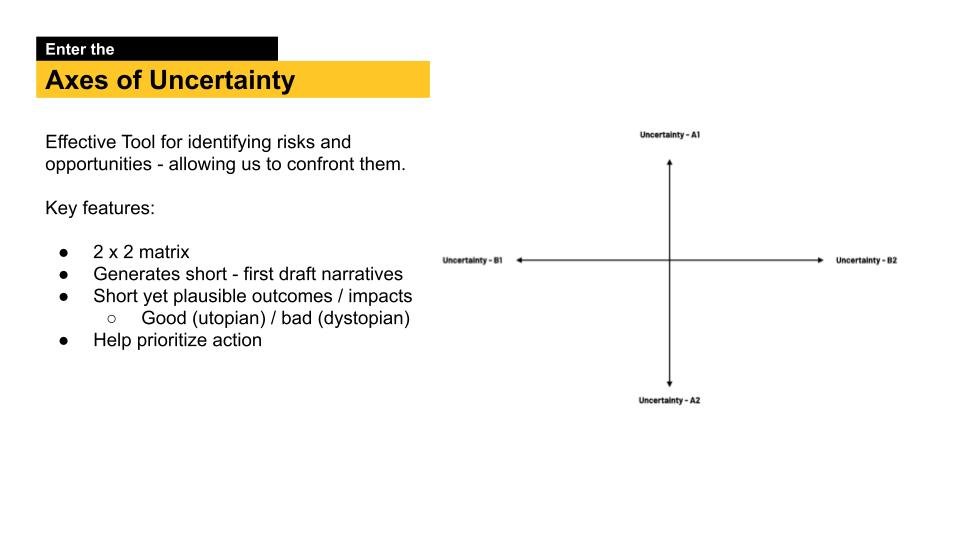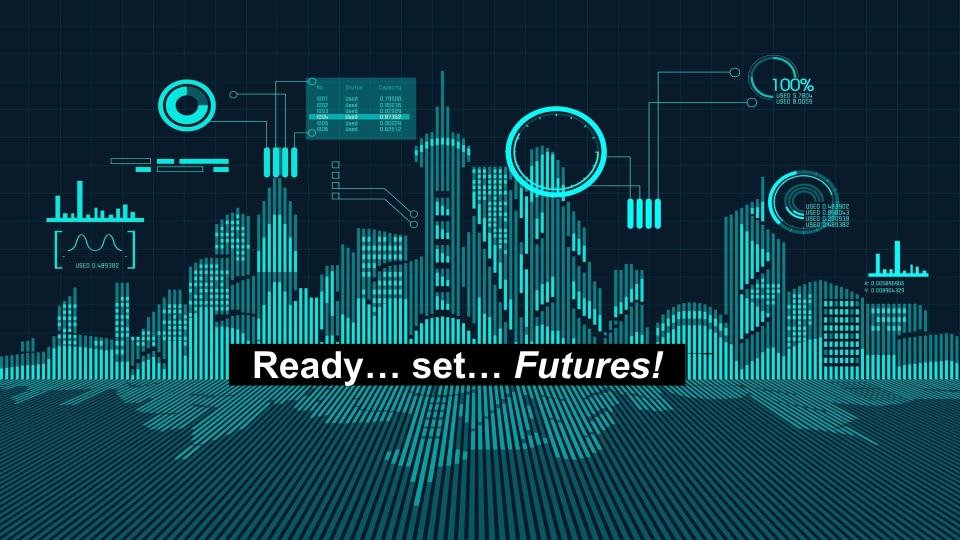Together with some of my amazing colleagues (Scotty Craig, Charla Griffey-Brown, and Kellie Kreiser), we presented the kickoff panel discussion for the Empower Learners (AI) conference that was held in Scottsdale Arizona (December 5-7, 2023).
Abstract
Are you polite to your AI, do you assign it a gender, a nickname, or possibly an endearment? Are you even aware that you’re doing this? You are not alone. Join our panel of experts as we examine the curious habit of humans to anthropomorphize Generative AI (GenAI) tools like ChatGPT, and discuss the possible impacts on student learning. We will explore the quirky human nature of ascribing human characteristics to our digital assistants, and discuss the growing importance of understanding this behaviour as AI-powered tools continue to become interwoven within the very fabric of our daily routines and learning environments. We’ll bring into question the “etiquette” of being “nice” to tools like ChatGPT that could actually lead to better results, or if it's simply a charming but unnecessary humanization of our high-tech tools.
Our panel of experts will led the conversation around the opportunities and challenges posed by GenAI tools designed to interact through human-like language and artistic outputs. Moving beyond whether students find these tools engaging or easy to use; focusing on the deeper implications of Theory of Mind as applied to technology. We'll consider if and how students ascribe mental states to AI, and what that says about the potential for these tools to support or transform learning experiences.
Don’t miss this fun and thought provoking panel as we decipher the intriguing relationship between GenAI personification and its educational impacts, and perhaps leave pondering the nuances of your next "thank you" to your AI companion.
Many thanks to the Global Research Alliance for AI in Learning and Education (GRAILE) network for sponsoring this event.



